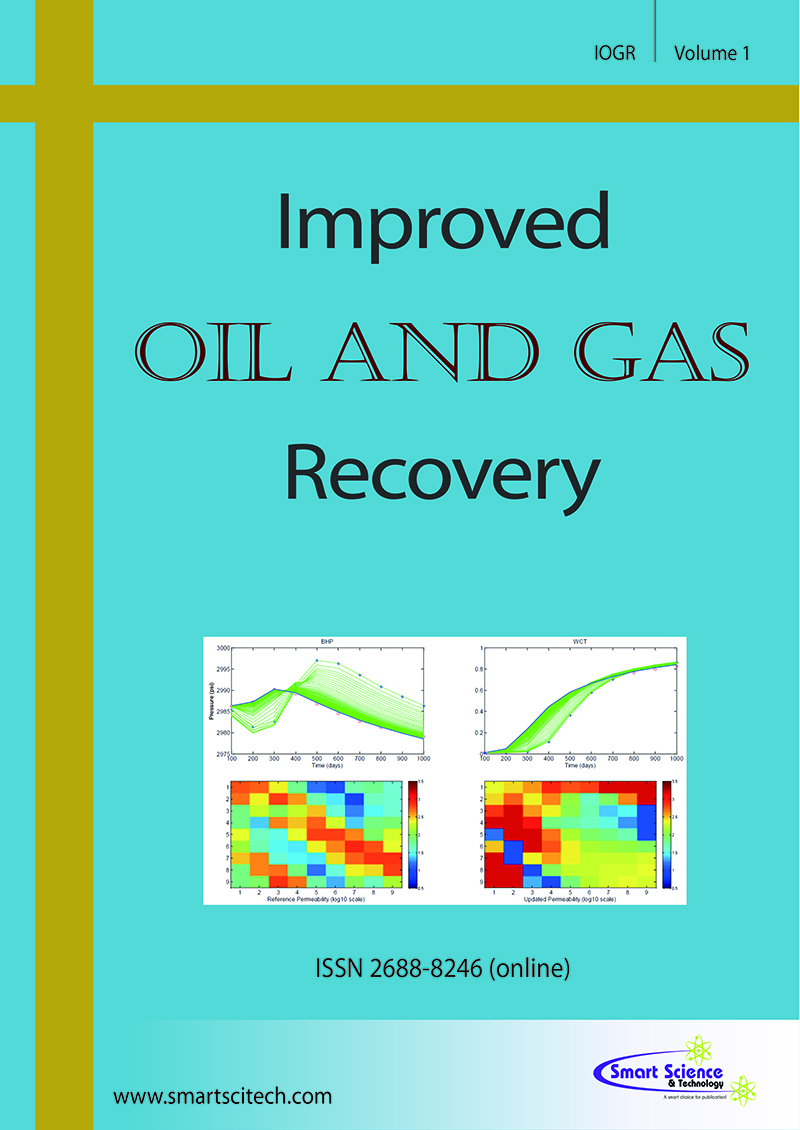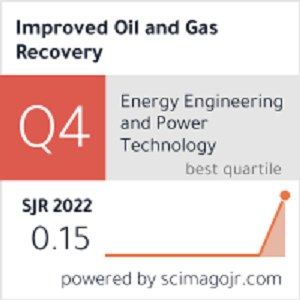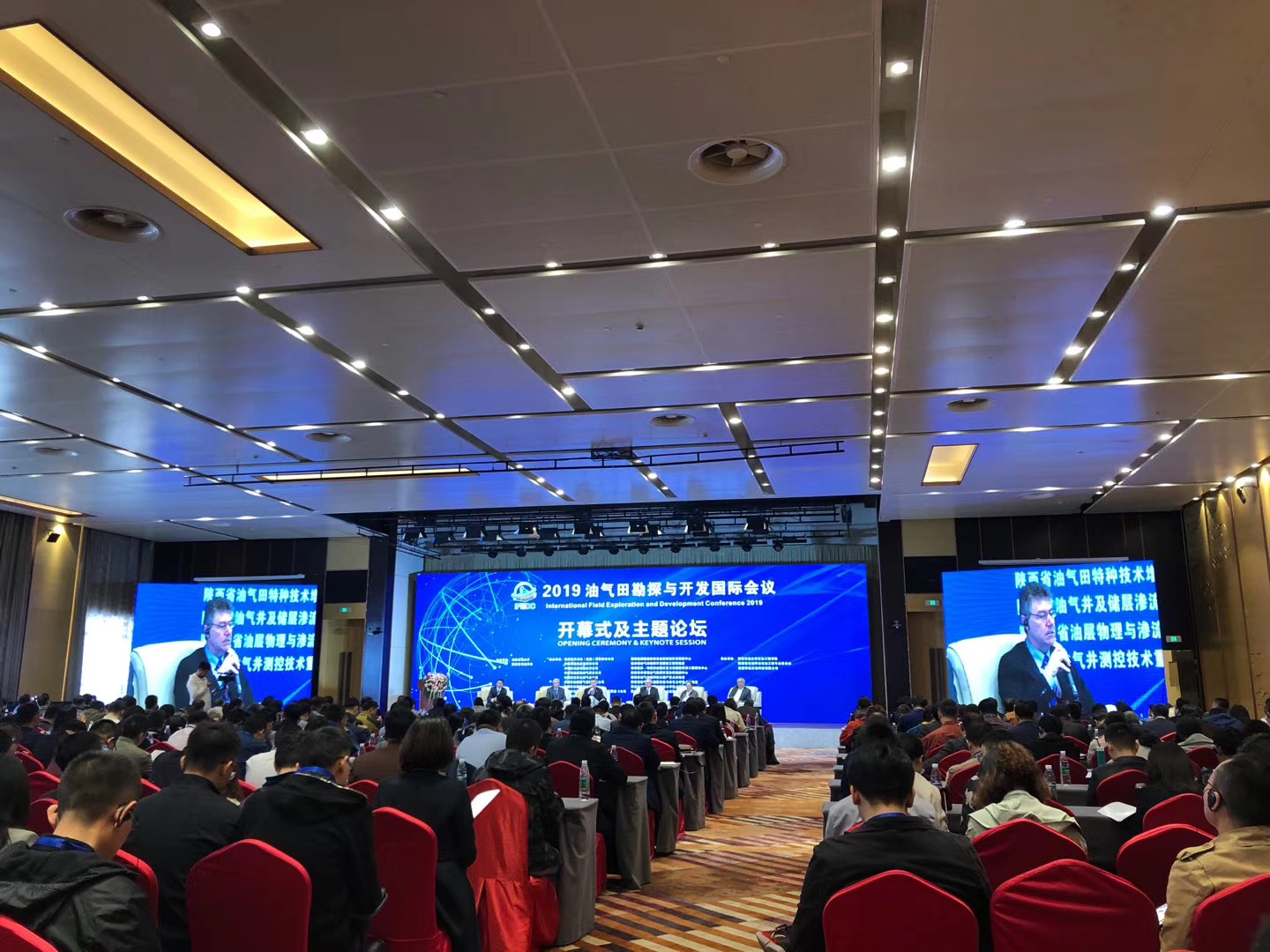Effect of Surfactants on the Minimum Miscible Pressure of CO2 with Crude oil from the Chang-8 Oilfield using Molecular Dynamics Simulations
DOI: 10.14800/IOGR.1314
Abstract
CO2 flooding represents a promising approach for enhancing the recovery of tight reservoirs, facilitating the efficient development of unconventional oil and gas resources while concurrently contributing to CO2 reduction. This method is of significant importance for the sustainable advancement of energy in China. Both theoretical and empirical evidence indicate that the oil recovery efficiency associated with CO2 miscible-phase processes markedly exceeds that of non-miscible-phase processes. However, current CO2 injection technologies often struggle to achieve miscible-phase conditions in various contexts, thus limiting their effectiveness in enhancing recovery from tight reservoirs.
The composite system formed by CO2 and surfactants presents a novel avenue for optimizing CO2 flooding technology aimed at improving recovery of tight reservoirs. In this study, a molecular system model was established to characterize the interaction between CO2 and crude oil specific to the Chang 8 tight reservoir. Molecular dynamics simulations were employed to estimate the miscibility pressure. The surfactant C12PO6 was introduced to investigate its impact on physical parameters, including intermolecular forces, interfacial tension, and miscible pressure, within the CO2-crude oil-surfactant system.
The findings demonstrate that the incorporation of surfactants enhances molecular interactions between CO2 and crude oil, resulting in a reduction of minimum miscibility pressure by 9.36% at a temperature of 344 K. Furthermore, the extent of this reduction is temperature-dependent, with a 10% increase in surfactant efficacy observed as the temperature rises from 323 K to 363 K. This research elucidates the interactions among multiple fluid molecules at the molecular level, revealing the microscopic mechanisms by which the CO2-surfactant composite system reduces miscibility pressure in tight reservoirs. These insights are poised to advance the development of CO2 enhanced recovery technologies within China’s tight oil and gas sector.
Downloads
Published
How to Cite
Issue
Section
License
Copyright (c) 2024 The Author(s)

This work is licensed under a Creative Commons Attribution 4.0 International License.












